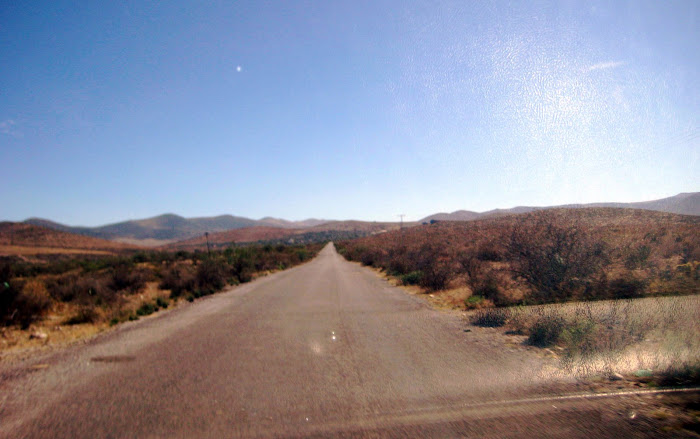migration theory often suffered from the limits of the prevailing perspective of the ‘container society’, which holds a particular nation as a constant unit of observation throughout historical transformations (Wimmer & Schiller, 2002). The conventional questions concerning academics in the global Northern countries receiving immigrants have mostly been framed within a nationalistic framework, what Wimmer and Glick Schiller has dubbed ‘methodological nationalism.’ In other words, the lens for analysis is restricted by equating territorial borders as the equivalent to the sum of a society. Migration is thus constructed as a one-way flow affecting “us” and, in the best case, also affecting “them”, the migrant population residing “here”. Although there is a rich history of practices transcending international borders initiated by migrants, systematic blindness failed to acknowledge the continuities between current waves of immigration and previous ones (Morawska, 2001).
Scholars of transnationalism have produced a body of work dismantling the assumption that a country’s borders is an appropriate unit of analysis and present evidence arguing that social, political, and economic practices exist across borders. Transnationalism is a theoretical construct encompassing sociocultural, political and economic practices that are carried out by different actors –be it at the most global or local level– moving across borders and facilitating the movement and renegotiation of values, culture, symbols, ideas, and the like. Some migration scholars have dubbed this kind of long-distance interconnections “transnational social fields”. As Nina Glick Schiller explains the concept of transnational social fields, they are networks of networks, multi-layered and multi-sited, stretching across the borders of nation-states, encompassing those who move and those who stay behind, and serve to further the development of a concept of society (Glick Schiller, 2005) (Levitt & Glick Schiller, 2004). Forged by migrants, transnational connections and practices have taken a variety of forms. They include international telephone calls, exchange of email or other communication medias, frequent traveling between the two countries, the creation of nonprofits to facilitate betterment projects in their communities of origin, and the flow of monies. For a long time, migrants’ cross border activities and practices, such as sending remittances, were ignored and under theorized. Remittances and their economic implications has increasingly garnered the attention of governments, policymakers, researchers and global entities. Often, the discourse of remittances is presented in narrow economic terms and fails to capture the complexities and broader implications that are brought on by the migration process in general, and transnational practices in particular.
Saturday, June 20, 2009
Friday, June 5, 2009
The beginning

Through familial ties and my own experiences within, San Elias is a concrete place that has shaped my life. It is tangible because it is the birthplace of my father, grandfather, Great Grandparents, and other ancestors. Spending countless summers and holidays in San Elias and the region it is a real place that shaped my younger years and a place I can recall through memories, photographs and videos detectable through my senses. However, as I have grown older and distance has grown between this tangible community and me, it has become more of an imagined place, partially created and rooted by a mix of nostalgia, sense of responsibility and most importantly as a perceived vehicle for cultural survival.
San Elias es un lugar concreto que ha formado mi vida. Con lazos familial y mis propias experiencias dentro de esta localidad, San Elias es tangible dado que es el lugar de nacimiento de mi padre, abuelo, grandes abuelos, y de otros antepasados. Pasando veranos y los días de fiesta incontables aquí y en la región, para mi, es un lugar verdadero que formó mis años más jóvenes y un lugar que puedo recordar con mis sentidos, relacionado a las memorias, fotografías y videos documentado la vida . Sin embargo, como he crecido, y la distancia ha crecido entre esta comunidad y yo, San Elias, se ha convertido en más como un lugar imaginado, creada parcialmente y arraigada por una mezcla de la nostalgia, sentido de la responsabilidad y más que nada por lo percibo como un vehículo de la supervivencia cultural.

Subscribe to:
Comments (Atom)

